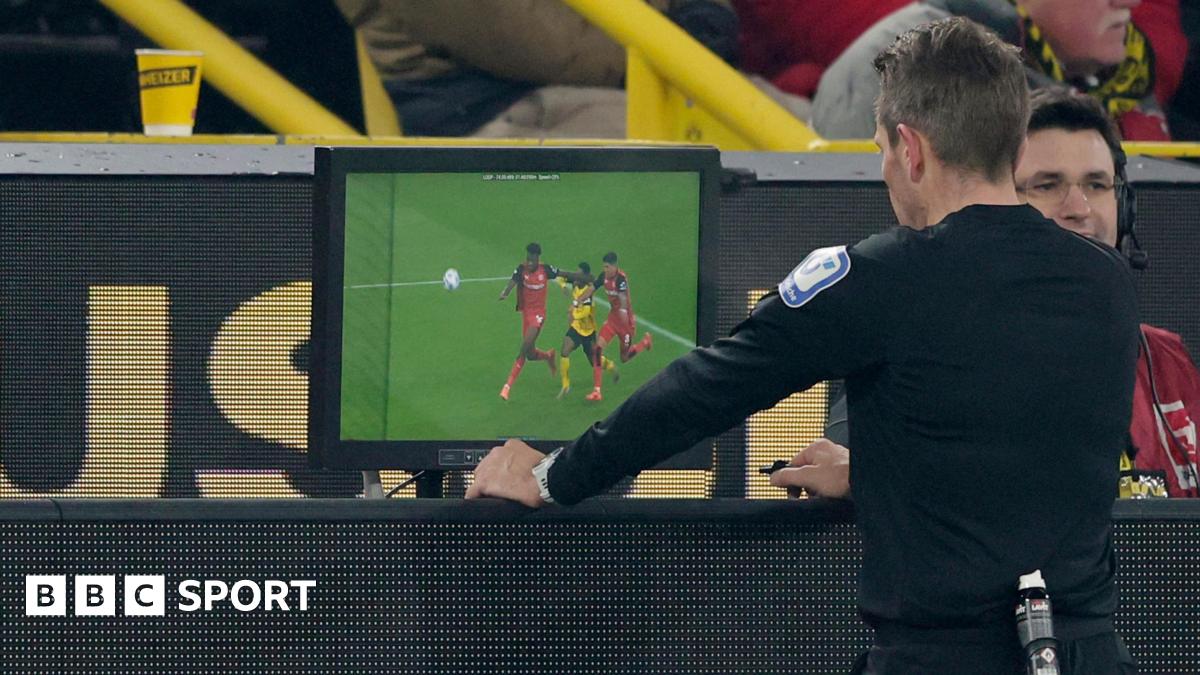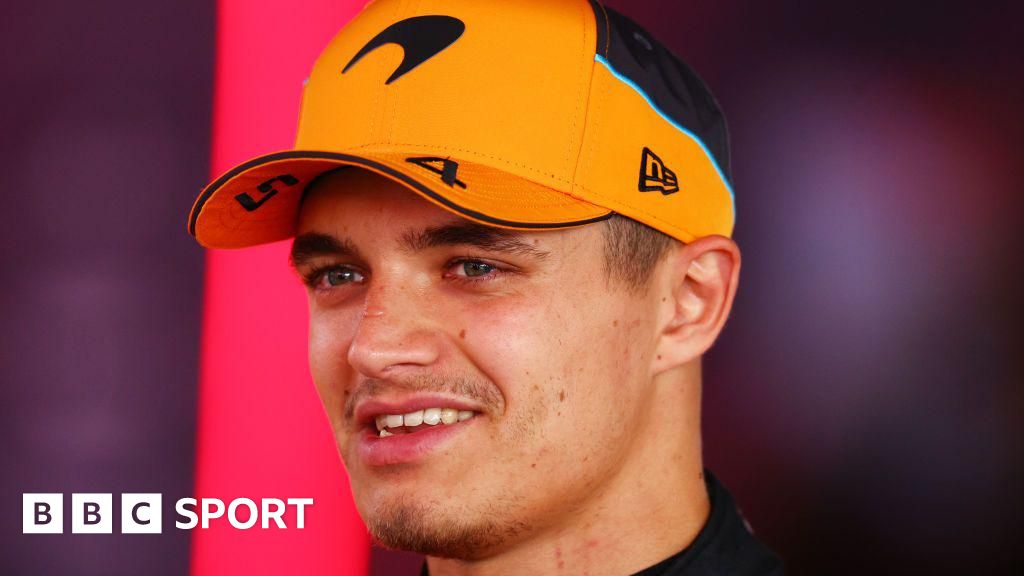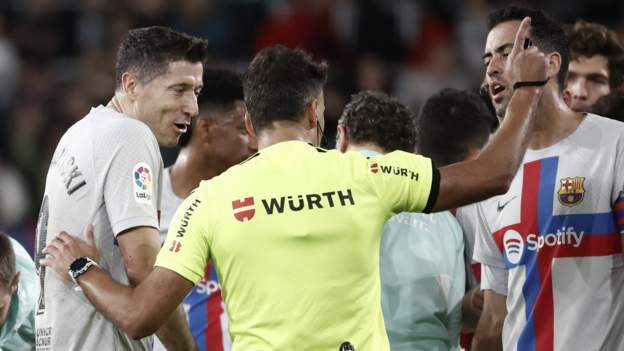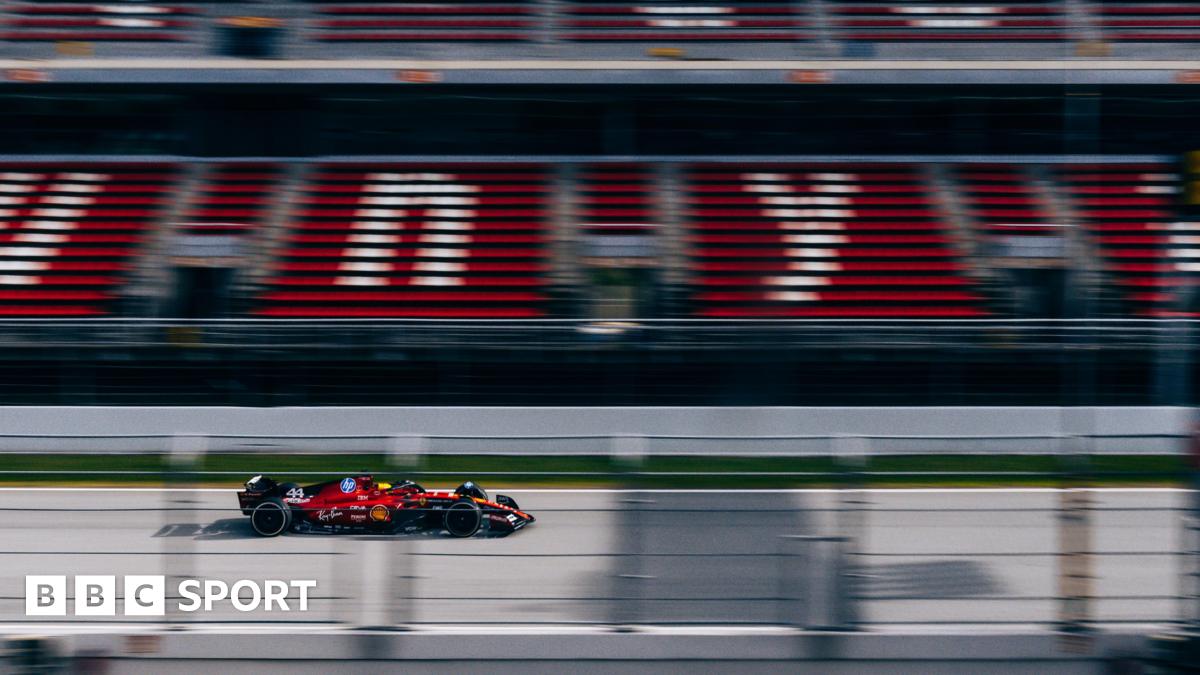Wresting pole from Verstappen took what Norris described as “a perfect lap”, and no small degree of courage.
As Lewis Hamilton, who qualified third in the Mercedes, put it, the final corner is “full gas at 280 or something like that kilometres an hour, which is amazing”.
Norris added: “The car’s moving around, it’s bouncing a little bit. It just doesn’t fill you with confidence going around such a corner when the car’s doing those things.
“It can be quite unpredictable in such a high-speed corner. It’s a bit nerve-wracking to commit and know when to take the risks.
“Over the weekend, I took risks in pushing and running into the gravel a few times and damaged the floor a little bit here and there. I’ve been pushing the limits, I’d say, the whole weekend, but maybe not as much in the very high speed, where the consequences are more.
“It was just whether I wanted to take the risk of kind of pushing that bit more and trying to get that little bit that I needed for a pole.”
If Verstappen was disappointed, he was hiding it well. The reason he had been so quick in the high-speed, he said, was because the team had put more downforce on the car after a difficult Friday. In qualifying, at least, it may have limited him.
Verstappen said: “In the very high speed, we were particularly strong around the laps, with Turns Three, Nine, and the last corner, which were quite comfortably flat.
“But I guess in a way probably that’s why we were not improving that much in the final few runs because those corners are flat, so there’s nothing to gain, and then there are not that many corners left around the track.
“So I did make my gains but I probably was already flat where maybe Lando wasn’t flat before and then you just lose out a little bit with that.
“So maybe (the car was) a bit too draggy for qualifying, looking back at it. But that’s something that is always very easy to say afterwards because the whole of the weekend we were just sliding around too much and now probably it was finally hooked up and you probably would have turned down the wing a little bit.”
For Norris, though, the risk may well turn out to be worth it. The Spanish Grand Prix track is notorious as a difficult place to overtake – out of 33 races there, 24 have been won from pole.
Having more downforce will help Verstappen keep his tyres in good shape in a race that everyone agrees will be defined by tyre degradation.
But if Norris can convert pole into a lead at the first corner, he will have the benefits of running in clear air with his car working at its optimum, while his rivals will struggle more to keep their tyre temperatures under control because of the detrimental effect of the loss of downforce by running behind another car.
“It’s an opportunity for us to go out and try and win a race, you know?” Norris said. “I hope I can have just a good start and kind of control it from there. But I’m sure the whole race I’m going to be under pressure.”



















